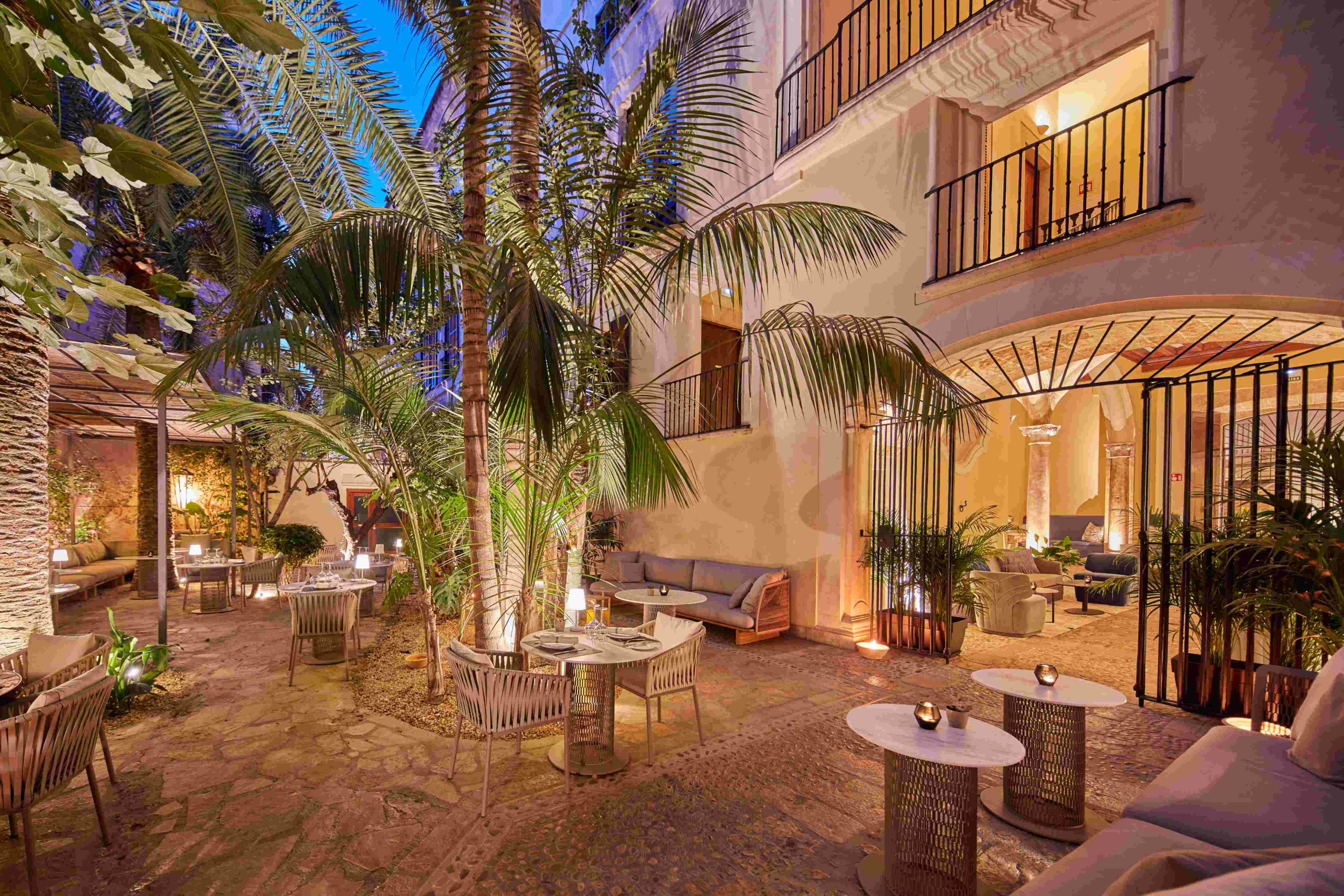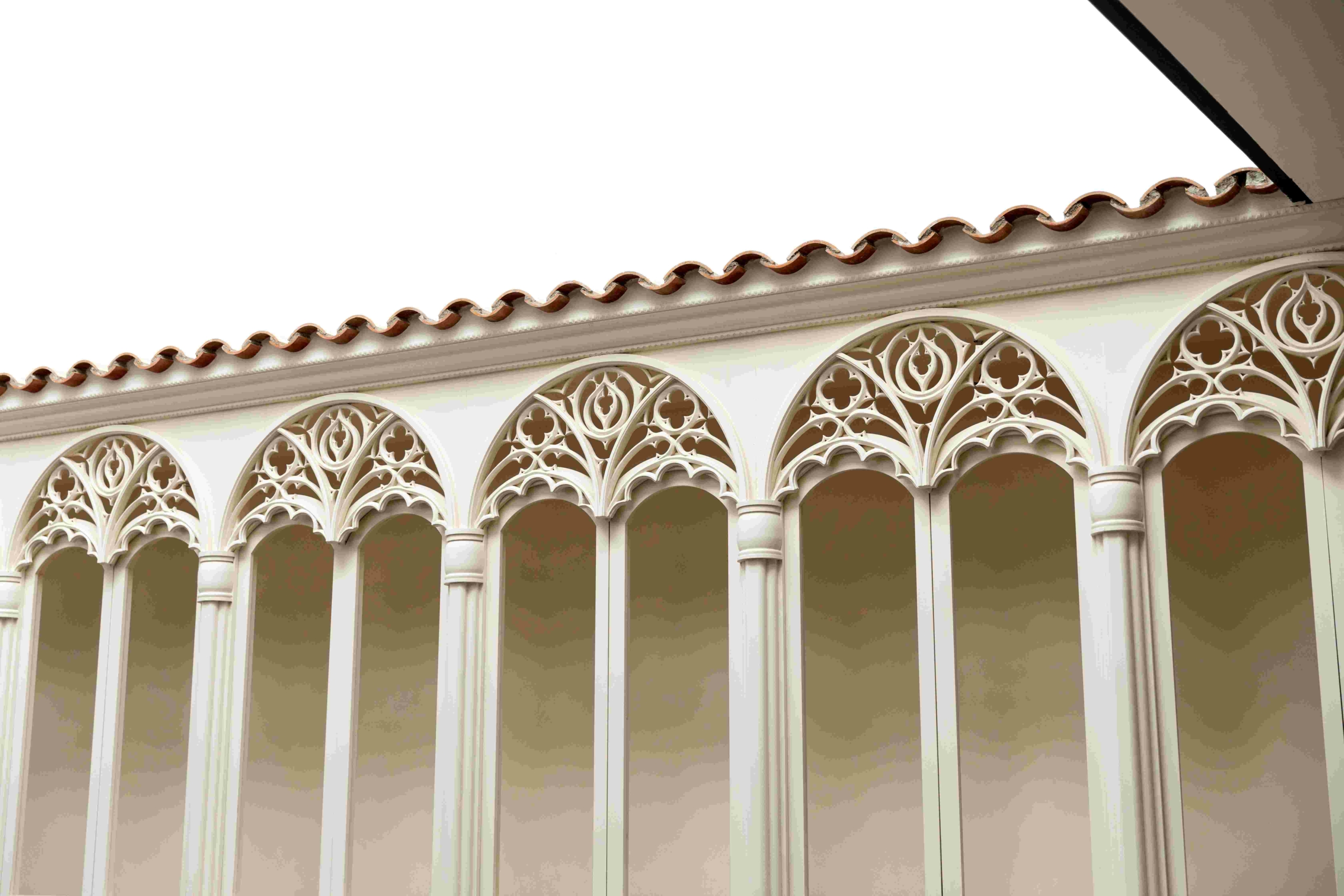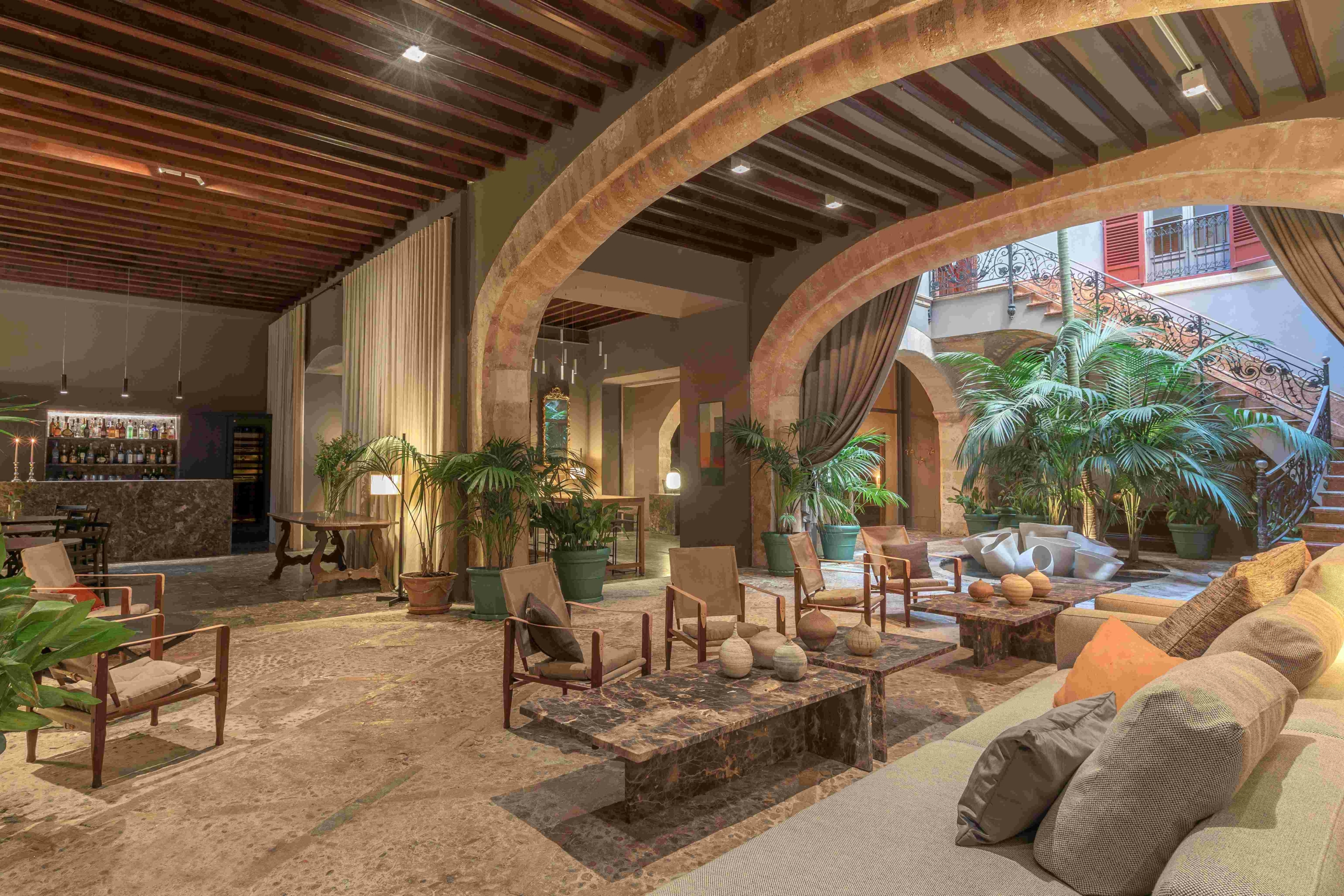The restoration of Palma’s historic “palacios” and manor houses has preserved the city’s rich heritage offering the visitor a variety of experiences in authentic surroundings. This winter, according to the Spanish Airports Authority (AENA), there will be 7.6 million seats (arrivals and departures) available from Palma’s International Airport to 86 destinations. In addition, the Palma Hotel Federation reports that over 90% of hotels in Palma’s city centre will remain open*, including 43 boutique and “palacio” hotels in Palma’s historic Old Town.
Good flight connections, award-winning “palacio” and boutique hotels, gastronomy (including three Michelin-starred restaurants), shopping, culture, and leisure, together with Mallorca’s warm, sunny climate, make Palma an ideal destination for a short break this winter.
Stay in a Palma Palace
Nobis Hotel Palma in the heart of Palma’s Old Town is the restoration of a stunning Moorish palace that in some parts date to the Middle Ages. The result is a stylish five-star hotel which features 37 rooms and suites and features two magnificent interior courtyards. Prices per night from 320€ per night to include breakfast.

Palacio Can Cera – hidden behind large wooden doors, this 17th century “palacio” hotel, Can Cera, is in the heart of the Old Town between historic churches and Plaza Cort and Plaza San Francisco. The spectacular entrance/lounge and dining area sets the tone of the hotel blending contemporary designer style within its historic surroundings. Prices from 300 euros per night to include breakfast.
Can Cera is one of four boutique hotels in Palma’s Old Town by the group, IT Mallorca Unique Spaces, and all will remain open throughout the winter. Each of its boutique hotels Can Alomar, Boutique Hotel Sant Jaume, and the Hotel Calatrava are completely different in character and style designed within the historic elements of each hotel.

Palacio Can Marques – located in Palma’s La Lonja area, this 18th century “palacio” was the former residence of the Marques family. It has been transformed into a luxurious boutique hotel comprising of 14 individual suites.
The grand entrance hall leads to a 140 m2 patio with gothic alabaster columns featuring 11-metre-high ceilings that leads onto an interior garden and patio. All the suites are individually designed as private residences and each one follows the layout of the original architecture making them unique in shape and exceptional size (from 33 m2 to 380m2). Some suites feature large private terraces or balconies overlooking Palma. From 310 euros per night.
.

Portella de Palma – this 17th century palace was formerly a museum dedicated to the Spanish painter, Joaquin Torrents Llado. It opened as a hotel in 2024 and takes its name from the city’s Renaissance gate “La Portella” which dates to the 10th century and was one of Palma’s main entrances at that time. This adult-only hotel features 14 individual rooms, some of which are equipped with customised kitchens, a large communal kitchen/dining area on the ground floor with lounge and a beautiful patio complete with a fountain and exotic plants. Rooms from: 175 euros per night.
Palacio Ca Sa Galesa was one of the first palaces to open as a boutique hotel in 1995. This award-winning restoration of a 16th century palace with rooftop terrace offering views across the Cathedral and Palma Bay. The first references to the palacio date to the 1229 when Jaime I first conquered the island and decided to build the Cathedral on the site of an old mosque. The hotel now features 12 individual rooms and suites.
*Some of the above-mentioned hotels might close for a short period in January or February for maintenance works. Please check the relevant websites for more details.
Palma Palaces to Visit

Rialto Living – Palma’s most elegant emporium is housed in an exquisitely restored 18th century palace called “Can O’Ryan” just off Palma’s stylish Borne shopping boulevard. The completed restoration retained many of the original architectural features to offers 1,200 square metres of retail and display space on two levels. The store features 10 separate areas dedicated to: linens, fabrics, paints, interior and outdoor furniture, rugs, cushions, Swedish beds, ceramics, lighting, fashion, stationery, books and gifts, fresh flowers, a bespoke interior design service, and a dedicated art gallery launching new exhibitions and artists to the island.
On the ground floor, The Rialto Café, with its distinctive glass atrium, is housed in the original courtyard of the palace serving coffee, cakes, cocktails, local wines and Mediterranean dishes using fresh local produce. Open Monday to Saturday from 11.00-20.00.
Casal Solleric is an 18th-century baroque palace on Palma’s Passeig del Born that now serves as a contemporary art and cultural centre. Originally built in 1763, it features a historic courtyard with arches and an imperial staircase and hosts a variety of exhibitions, from painting and photography to video presentations.
Palau March Museum – was constructed as a residence between 1939-1945 by the family’s patriarch, Juan March Ordinas, in the grand style of Mallorquin and Italian Baroque palaces. This family residence was transformed into the headquarters of the family foundation and museum housing hundreds of works of art from historic maps and an exquisite 18th century Neapolitan nativity scene to sculptures by Auguste Rodin, Henry Moore, Barbara Hepworth and Eduardo Chillida. Open Monday-Friday, 10.00 – 18.30 and on Saturday from 10.30-14.00.
Cappuccino San Miguel – located in the middle of the Sant Miguel shopping street in Palma, the magnificent Mallorquin palace with large gardens was originally called “Can Contesti”. It was carefully restored by the Mallorca-based Grupo Cappuccino chain to retain much of the original architecture and to become one of the most elegant cafés in Palma. Open Monday- Saturday, from 09.30 – 21.00 daily.
Foundation Juan March is situated in Calle Sant Miquel in Palma’s town centre and was originally built in the 17th century when it was known as “Can Gallard des Canyar”. It underwent a major refurbishment in the early 20th century and was opened to the public as a museum in 1990 to house part of the Fundación Juan March art collection. Open Monday-Friday from 10.00 – 18.30 and on Saturdays from 10.00 – 14.00.

